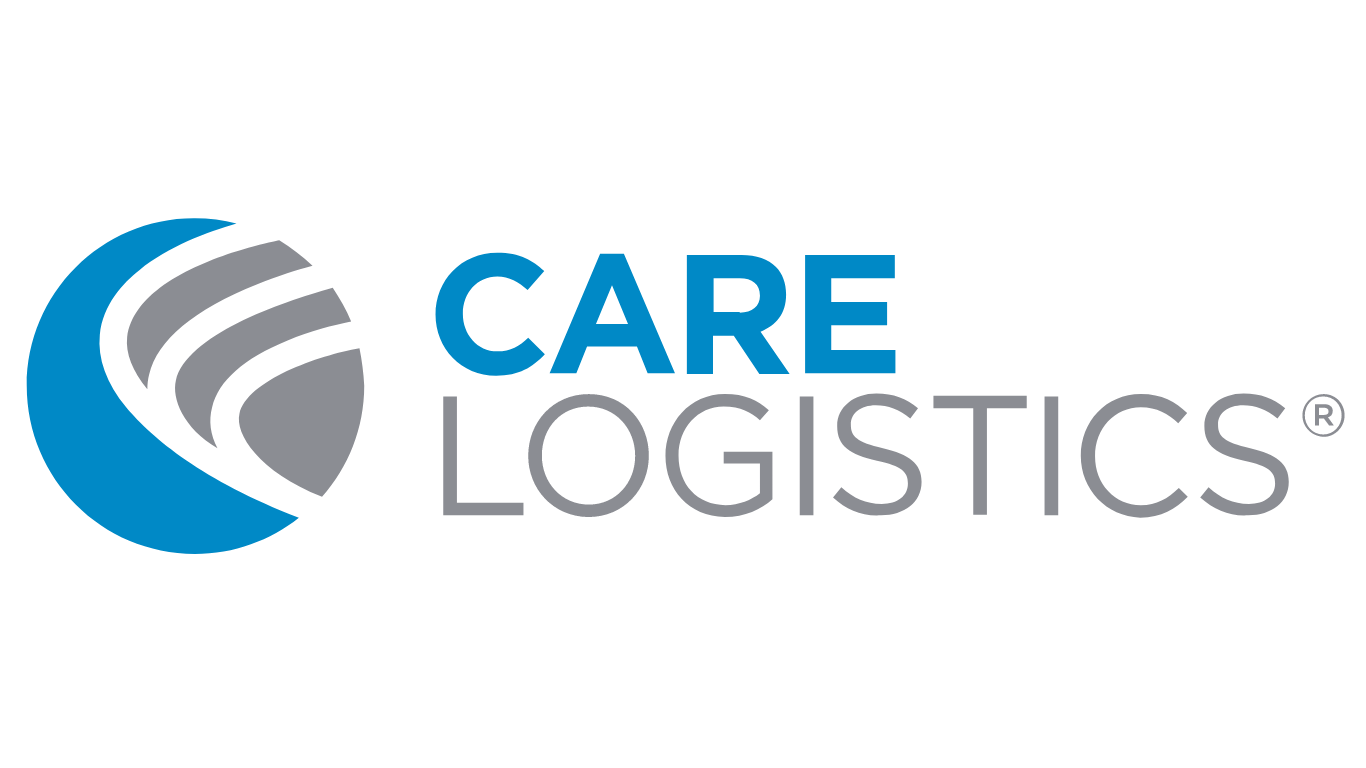Patient Throughput & Progression
It’s time to put the patient first. Improve the patient journey by implementing our throughput and progression solutions.
To solve issues with patient progression, you have to start by defining it.
So… what is patient progression?
In short, it is the advancement of the hospitalized patient through the required care events, actions and processes to achieve a health status where the patient can be safely and appropriately transitioned to a lower level of care. When patients are moved through care at the proper rate, you avoid issues with patient flow and prevent bottlenecks before they happen. This concept seems fairly straightforward, but the issue itself can be quite complex. In order to progress a patient smoothly and efficiently through your hospital, dozens of departments, physicians, nurses, and other staff members must communicate and coordinate effectively to create an optimal plan for each patient. This can be incredibly difficult depending on the volume of patients, workload of the staff, service availability, hospital capacity, and many other factors.
Patient Throughput & Progression Solutions
Your Challenges
Is your hospital challenged by unanticipated barriers to progression, undefined length of stay targets, a lack of communication between departments, or avoidable patient days? Do your challenges include profitability, lack of physician alignment, patient engagement, or a need for cost reduction? If the answer to any of these questions is yes, our solutions can help.
Benefits
Care Logistics aligns care teams to length of stay targets based on diagnosis and condition, progresses patients reliably from admission to discharge, and overcomes barriers to patient progression. By combining best practice methodologies with comprehensive software, our Patient Progression and Throughput solutions assist health systems in meeting target LOS values for each patient.
With our solutions, you have optimized patient scheduling, unit and bed placement is made with projected bed and staffing availability in mind, and your nursing units and service areas are directly connected to your capacity management systems. You know the status of each patient and exactly where they are at all times.
Results
If your organization is looking to reduce length of stay, increase CMI, add capacity, reduce readmissions, and improve patient satisfaction, then we can help! We’re here to facilitate growth in profitable services, reductions in LOS, increases in CMI, alignment among your clinicians, and loyalty with your patients and team.
Why Worry About Patient Progression?
When it comes to your hospital, you want the best possible care for your patients. Some of the biggest issues impacting quality patient care are patient progression barriers. For example, diagnostic testing delays take an average of over two days to resolve. When your patients exceed their target LOS, they often face unexpected complications, and hospitals frequently experience bottlenecks when patient flow is interrupted. In order to prevent these barriers from impacting patient care, every department in your facility should be focusing on streamlining patient progression.
If you’re struggling with patient flow, barriers to patient progression could be the culprit.
Here we have detailed the most common categories of patient progression barriers. As shown in the graphic, Medical/Progression barriers are the most commonly reported, followed by Medications/IV Med delays and Physician delays. Each time one of these barriers interferes with a patient’s care, their length of stay can increase significantly. For example, the average Medical/Progression delay impacts a patients stay by 48 hours and 30 minutes. That’s over 2 days added to LOS from just one delay. Barriers may be unavoidable, but recognizing them before it’s too late is an essential step in making sure patient care can be set back on track and safe and appropriate discharges can still be achieved.
Your hospital may experience more issues stemming from patient progression than you think.
Has your ED ever been so crowded that patients leave without receiving treatment? Has a patient been scheduled for an important test that conflicts with other essential activities? Has a patient ever missed their targeted discharge date because of a delay in discharge activities? Do your patients lack defined LOS goals? Is patient satisfaction suffering? These are all very common issues that all stem from one problem: inefficient patient progression. Many patient flow issues can be traced back to a lack of focus on patient progression.
Streamline Patient Progression:
Your first step should be setting real goals. Having length of stay goals for each and every patient is key to making sure patients are discharged in a timely manner. Giving your team real-time progression updates and communicating efficiently and effectively are also key factors in streamlining patient progression.
Beyond LOS goals, there are some additional steps you can take to improve patient progression, including standardizing care plans, assigning appropriate DRGs, and adopting daily care team huddles. Communication strategies can also play a big role in how patients progress to recovery, especially during patient handoffs. Not only is patient progression positively impacted by effective communication, but measures such as LOS, throughput, and quality of care can improve as well.
Physicians also play a major role in patient progression. When physicians are misaligned with your organization’s goals, it can be difficult to meet patients’ length of stay targets. When your hospital is efficiently progressing patients through care, they are safer and happier.
Expected Results from Patient Progression Optimization
-
Reduced Length of Stay
-
Increased Case Mix Index
-
Reduced Readmissions
-
Improved Quality of Care
-
Improved Patient Experience
-
Increased Capacity and Admissions
Improve patient progression and throughput with operational solutions.
Get in touch.
Let us help you optimize your patient progression and throughput. Fill out the form below to get in touch with an expert.




